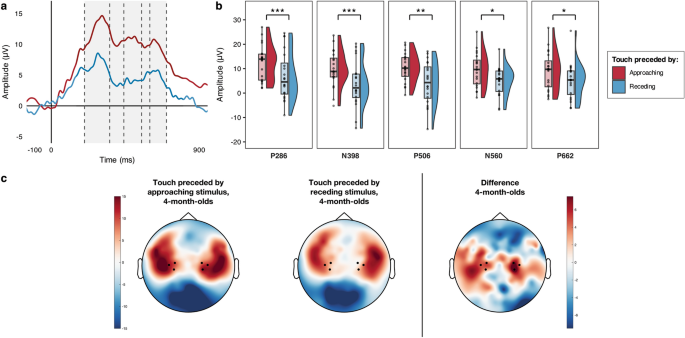2023-11-24 マックス・プランク研究所
<関連情報>
- https://www.mpg.de/21165360/1124-ornr-first-evidence-that-european-parrots-have-dialects-987453-x
- https://academic.oup.com/beheco/advance-article/doi/10.1093/beheco/arad093/7444942
ヨーロッパに生息するモンキクインコのコンタクトコールをマルチレベルベイズ解析した結果、ヨーロッパの都市間で方言の違いがあることが判明 Multilevel Bayesian analysis of monk parakeet contact calls shows dialects between European cities
Simeon Q Smeele, Stephen A Tyndel, Lucy M Aplin, Mary Brooke McElreath
Behavioral Ecology Published:23 November 2023
DOi:https://doi.org/10.1093/beheco/arad093

Abstract
Geographic differences in vocalizations provide strong evidence for animal culture, with patterns likely arising from generations of social learning and transmission. Most studies on the evolution of avian vocal variation have predominantly focused on fixed repertoire, territorial song in passerine birds. The study of vocal communication in open-ended learners and in contexts where vocalizations serve other functions is therefore necessary for a more comprehensive understanding of vocal dialect evolution. Parrots are open-ended vocal production learners that use vocalizations for social contact and coordination. Geographic variation in parrot vocalizations typically take the form of either distinct regional variations known as dialects or graded variation based on geographic distance known as clinal variation. In this study, we recorded monk parakeets (Myiopsitta monachus) across multiple spatial scales (i.e., parks and cities) in their European invasive range. We then compared calls using a multilevel Bayesian model and sensitivity analysis, with this novel approach allowing us to explicitly compare vocalizations at multiple spatial scales. We found support for founder effects and/or cultural drift at the city level, consistent with passive cultural processes leading to large-scale dialect differences. We did not find a strong signal for dialect or clinal differences between parks within cities, suggesting that birds did not actively converge on a group level signal, as expected under the group membership hypothesis. We demonstrate the robustness of our findings and offer an explanation that unifies the results of prior monk parakeet vocalization studies.


